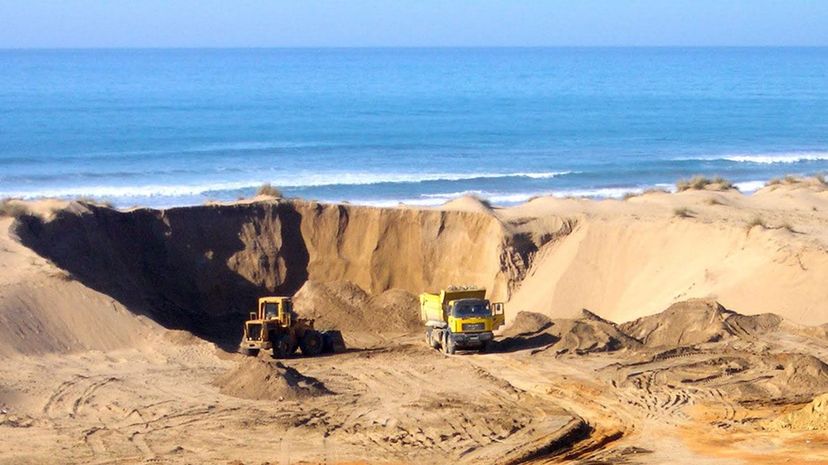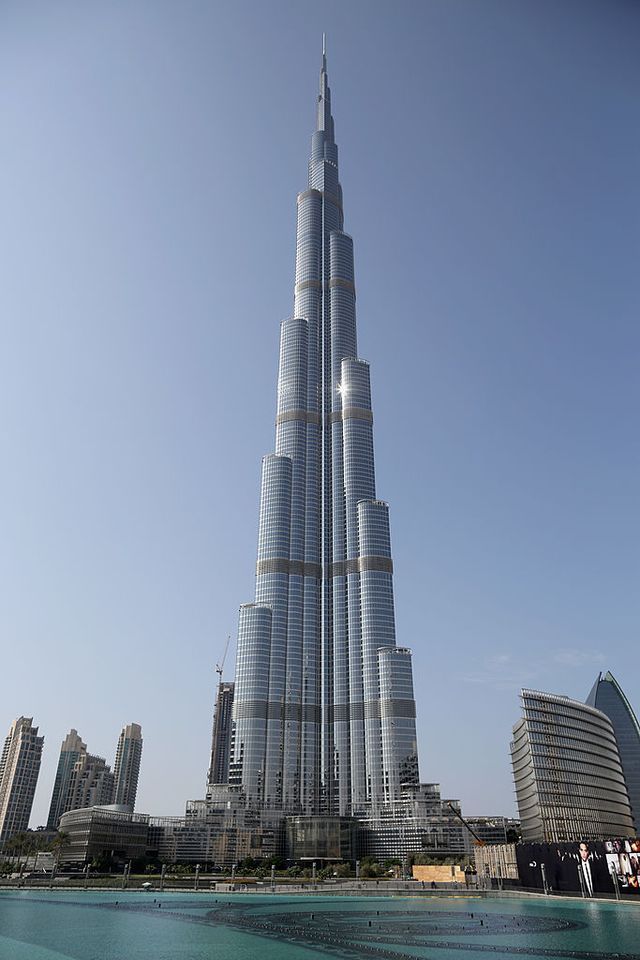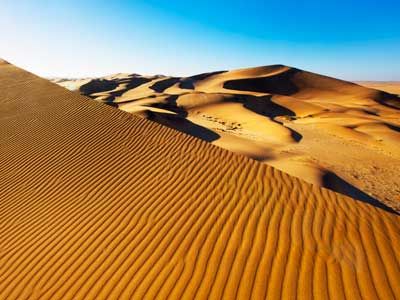
As strange as it may sound, sand is one of the world's hottest commodities. The global construction boom has created an insatiable appetite for sand, the chief ingredient for making concrete. The problem is that sand isn't as abundant as it used to be. And when high demand and high value meets scarcity, you open the doors to smuggling.
Meet the sand mafia.
Advertisement
In India, illegal sand mining is the country's largest organized criminal activity. In inland villages, armed sand mafias steal land in order to strip its topsoil and extract the layers of valuable sand beneath. Along the coasts, pirate dredging vessels siphon sand from the seafloor in broad daylight with bribed officials turning a blind eye.
The pilfered sand fetches a good price on the black market, where its sold to construction companies building highrises in megacities like Mumbai. According to journalist Vince Beiser, who wrote about sand theft for Wired and The New York Times, people who resist the mafia are beaten or killed, including police officers.
Filmmaker Denis Delestrac witnessed similar tactics in Morocco while shooting Sand Wars, a documentary about the global sand trade and its environmental impact.
"The sand mafia [in Morocco] is the second most powerful criminal organization in the country," says Delestrac. "We saw people with shovels taking every last grain of sand from the beach. Where a few years ago you used to have a very thick and white beach, now you have this lunar landscape. It's devastating."
Environmental officials estimate that half of Morocco's construction sector is built with stolen sand. The irony, says Delestrac, is that much of the stolen sand is used to build housing for foreign tourists who are flocking to Morocco precisely because of its beaches. If both legal and illegal sand mining persists at its current rate in places like Morocco, India and across Asia, there may be few beaches left.
The United Nations Environment Programme reported in 2014 that "Sand and gravel represent the highest volume of raw material used on earth after water. Their use greatly exceeds natural renewal rates."
"Eighty percent of everything built on our planet is built out of concrete," says Delestrac.
And concrete uses a whole lot of sand. It takes 30,000 tons (27,216 metric tons) of sand to construct 1 kilometer (0.62 mile) of highway and 200 tons (181 metric tons) to built the average concrete house reports Coastal Care, a non-profit foundation dedicated to beach conservation. According to a report from the International Monetary Fund, the Burj Khalifa tower in Dubai — the world's tallest building — required 121,254 tons (110,000 metric tons) of concrete and 1.8 million square feet (1.67 million square meters) of glass, another industrial commodity that's a massive consumer of sand.

Dubai represents another of the great (tragic) ironies of the global sand trade. This booming desert outpost surrounded by endless seas of sand dunes must import most of its construction sand from Australia. That's because desert sand is too smooth and fine. The rough, angular sand required to make concrete can only be found in or near the water, or in ancient seabed deposits underground.
Of course Dubai isn't alone in its hunger for concrete. According to a 2014 U.N. report on global urbanization, 54 percent of the world's population now lives in urban areas, including 28 megacities — sprawling urban areas with more than 10 million people. The global sand trade generates $70 billion a year to mine, dredge, extract and ship enough raw material to meet the explosive demand for urban housing.
How long, though, until we run out of sand? It takes 20,000 years for the natural process of sand formation, says Delestrac. Ocean sand begins its journey high in the mountains, where erosive forces slowly break rocks into smaller and smaller pieces that are eventually carried by streams and rivers into the sea. The ocean floor contains a surprisingly thin layer of sand. Most large deposits are found on beaches.
The scarcity of natural sand makes beaches and shorelines the ripest targets for both legal and illegal sand mining. The environmental impact of large-scale sand excavation can be disastrous. More than two dozen small islands in Indonesia have disappeared due to runaway erosion caused by off-shore dredging operations. In the United States, a Cemex sand mine in California's Monterey Bay is blamed by environmentalists for rapid coastal erosion.
John Gillis, a retired history professor from Rutgers University and author of "The Human Shore: Seacoasts in History," says that the most immediate human victims of sand mining and sand theft are poor fishing communities in the third world.
"As sand gains value in scarcity and become a commodity, you see what happens," Gillis says. "It disrupts not just the biological systems of these places, but also the social systems, driving people away from their very tenuous hold on the shore."
But if sand mining is left unchecked, the damage to coastal ecosystems could start swallowing up beaches closer to home.
Advertisement


